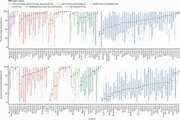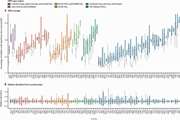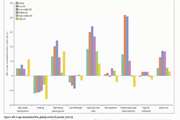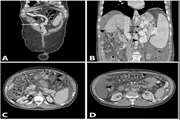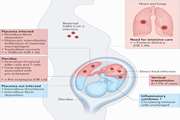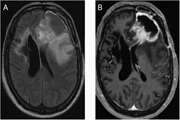مطالب اخیر
- 1404/09/26 حضور فعال مرکز تحقیقات رادیولوژی در کنگره هوش مصنوعی
- 1404/09/26 بازدید ریاست محترم دانشگاه علوم پزشکی تهران از غرفه مرکز تحقیقات رادیولوژی در نمایشگاه هفته پژوهش
- 1404/09/23 بازدید معاون پژوهشی مجتمع بیمارستانی امام خمینی از مرکز تحقیقات رادیولوژی به مناسبت هفته پژوهش
- 1404/09/11 درخشش پژوهشگران مرکز تحقیقات رادیولوژی در گایدلاینهای سازمان جهانی بهداشت؛ استناد معتبر WHO به مقاله محققان مرکز
- 1404/08/25 برگزاری نشست مشترک هوش مصنوعی دانشگاه تهران با مرکز تحقیقات رادیولوژی
- 1404/08/07 Common applications of noncosmetic dermatologic sonography: A comprehensive overview
- 1404/08/07 Genicular Artery Embolization Using Mesenchymal Stem Cells for the Treatment of Knee Osteoarthritis: A Prospective Study



